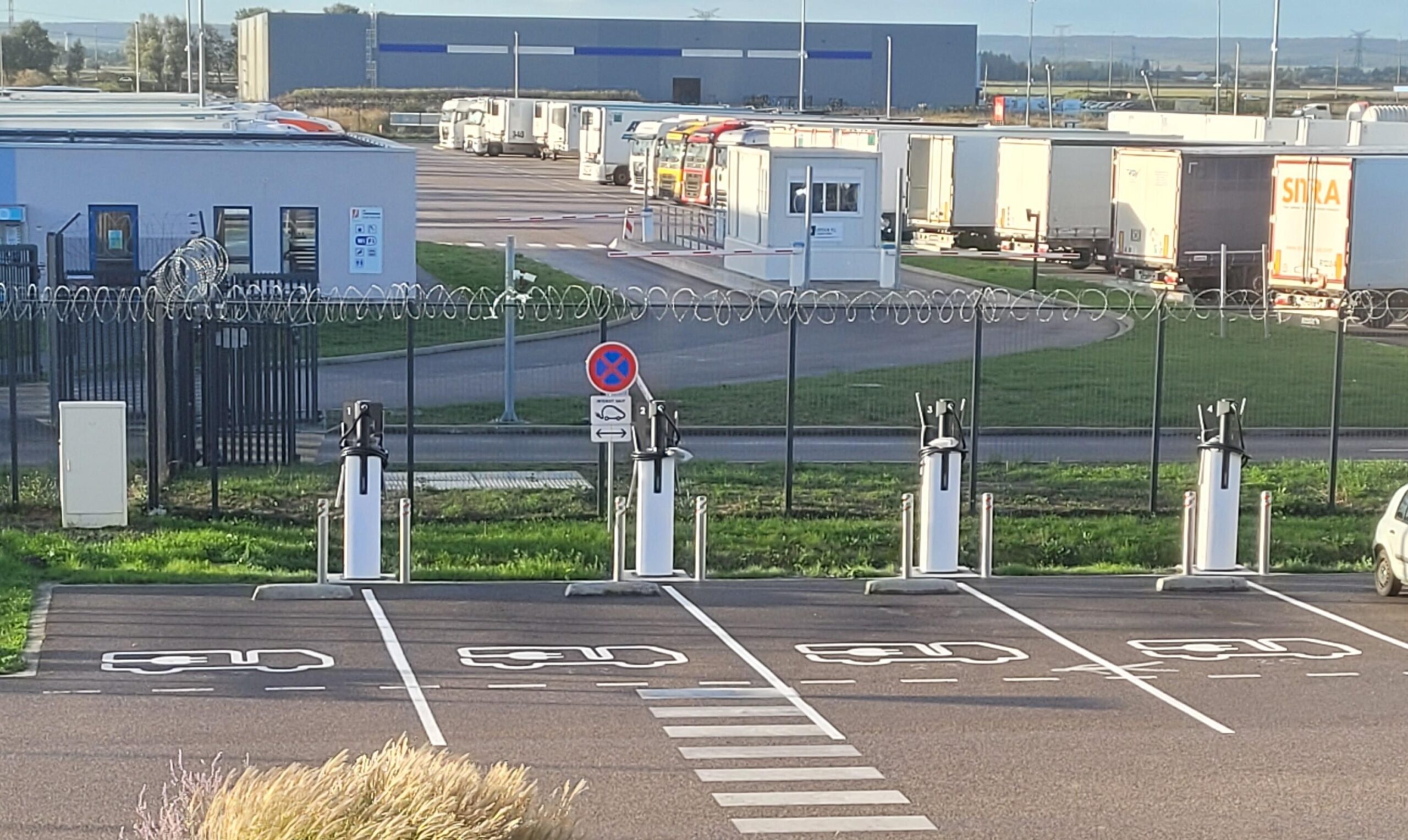Smart planning for a smoother, faster, and more cost-effective electric transition
The move to electric HGVs is accelerating across Europe, driven by stricter emissions regulations and corporate decarbonisation goals. But buying electric trucks alone isn’t enough. To ensure operational continuity and return on investment, it’s essential to align your procurement strategy with charging infrastructure deployment.
Let’s explore why synchronisation matters and how to get it right.
1. The importance of coordinated planning
Switching from diesel to electric freight vehicles requires more than replacing your fleet. Without charging infrastructure ready when your trucks hit the road, you risk serious disruptions. Here’s why infrastructure and vehicle rollout should go hand-in-hand:
- Avoid operational downtime: Charging stations must be ready from day one. Without them, new EVs sit idle, tying up capital and impacting delivery schedules.
- Maximise performance: Trucks perform best when charging solutions are tailored to duty cycles, range, and dwell times.
- Control energy costs: Smart charging strategies (like off-peak or overnight charging) help avoid peak tariffs and reduce total cost of ownership.
- Accelerate ROI: Coordinated deployment shortens payback periods by allowing trucks to go into service immediately.
2. How to successfully align vehicles and charging
Assess your fleet and usage patterns
Before placing a vehicle order, conduct a detailed audit of how your fleet operates:
- Route mapping: Identify key transport corridors, delivery hubs, and depots.
- Vehicle profiles: Understand daily mileage, rest periods, and charging dwell time.
- Charging power needs: Estimate how much energy each vehicle requires per day, and what charging speeds are necessary.
Plan infrastructure ahead of vehicle delivery
The timeline for installing high-powered charging stations can range from 6 to 12 months, especially if civil works or grid upgrades are involved. It’s vital to:
- Choose strategic locations: Install stations at depots, logistics hubs or parking sites with reliable access to the grid.
- Engage a specialist partner early: Working with a charging expert like Chargepoly ensures smooth permitting, design, and installation.
- Anticipate permitting and connection delays: Early action avoids late-stage roadblocks and missed delivery windows.
Secure budget and financing
Infrastructure can represent a significant investment, but smart planning can offset costs:
- Estimate costs clearly: Factor in chargers, electrical works, maintenance, and potential grid reinforcements.
- Explore subsidies: UK and EU funding programmes can cover a portion of the upfront investment.
- Consider leasing or third-party investment: Solutions like Chargepoly’s investment models can reduce capital expenditure.
3. The risks of poor synchronization
Failing to coordinate trucks and infrastructure can lead to:
- Idle vehicles: With no charging points available, new EVs remain parked, generating losses.
- Missed targets: Fleets may fall short of emissions goals or public commitments.
- Overspending: Overbuilding infrastructure without real usage forecasts leads to unnecessary CAPEX and higher operating costs.
- Untrained teams: Drivers and technicians need onboarding on EV operations, don’t leave training until after delivery.
4. How Chargepoly supports your EV rollout
We provide a full-scope approach to EV charging for freight and passenger fleets:
- Fleet audits and energy planning
- Customised charging solutions, up to 400 kW
- Turnkey deployment, including grid coordination
- Flexible financing (leasing or third-party investment)
- Ongoing support and maintenance for >99% uptime
Synchronising EV truck procurement with charging infrastructure isn’t just best practice, it’s essential for operational efficiency and financial return. With Chargepoly as your partner, you can transition with confidence.
Planning to electrify your UK logistics fleet?
Let’s ensure your charging infrastructure is ready when your trucks are.
Explore the e-Trucks Data Hub to start your project today.



